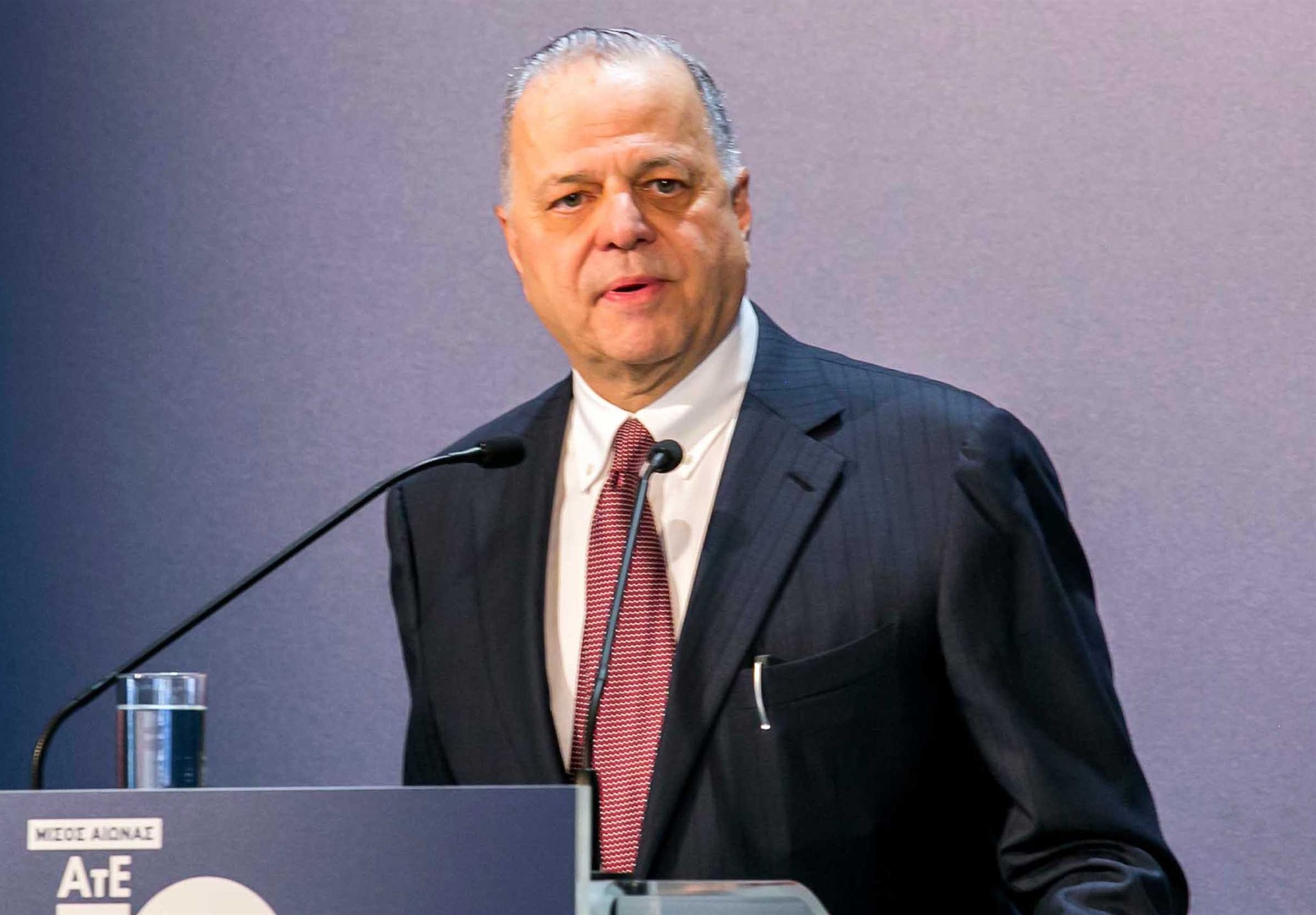With a total capacity of 10 MWp, this represents the largest photovoltaic park project along a highway in Greece. The Kiato unit is part of a network of 19 solar parks installed along the Olympia Odos motorway, spanning the regions of Achaia, Corinthia, and Western Attica.
These installations utilize roadside areas as well as canopies over toll stations and roofs of operational centers. The energy produced by these units will fully cover the motorway’s infrastructure needs, including lighting, dynamic signage, and tunnel ventilation systems. With final technical adjustments and grid connections underway, the last units of the project are expected to be completed and operational by the end of the year.
The project was financed and implemented in less than two years under the Olympia Odos Concession Agreement, demonstrating the ability of the concession model to mobilize private investments in public infrastructure and accelerate the environmental transition.
This initiative forms part of Olympia Odos’s plan to reduce its carbon footprint. Alongside other actions such as extensive use of LED lighting, Olympia Odos aims to reduce its direct emissions (Scope 1 and 2) by 2030. Efforts also focus on supporting the reduction of emissions from motorway users (Scope 3) by encouraging the transition to electric mobility. To this end, a new generation of electric vehicle charging stations is already being deployed across the network. This concession-backed program will ensure the provision of 26 fast-charging stations per 100 km along Olympia Odos by the end of the year, meeting the strictest European standards.
Minister of Infrastructure and Transport Christos Dimas stated:
“We inaugurate the largest network of photovoltaic parks ever installed on a Greek motorway. This investment, exceeding €10 million and completed in just two years, sets a benchmark for sustainable and energy-autonomous infrastructure. The Ministry of Infrastructure and Transport firmly supports initiatives like this that integrate solutions with substantial added value for society, the economy, and the environment.”
According to Belen Marcos, Chairwoman of VINCI Highways:
“Decarbonizing road transport requires strong investments and the ability to rapidly implement and deliver projects. The concession model makes both possible by mobilizing private capital and acting under the guidance of Public Authorities. We would like to thank the Greek State for adopting this model with vision and flexibility. Together with our partners GEK TERNA, AKTOR, and AVAX, we are proud to take this significant step towards the decarbonization of Olympia Odos and the enhancement of the environmental value of road infrastructure.”
Dr. Panagiotis Papanikolas, CEO of Olympia Odos, emphasized:
“At Olympia Odos, we do not just build roads—we work to shape a sustainable future. One of our most critical steps towards this goal is achieving net-zero carbon emissions by 2030. With 19 photovoltaic units totaling 10 MWp installed along the motorway, we currently meet all our infrastructure’s energy needs with renewable electricity. This is a crucial part of our plan to fully eliminate greenhouse gas emissions by 2030.”
Through this photovoltaic park program, Olympia Odos sets a model of sustainable and energy-autonomous infrastructure, not only within Greece but also at a European level. It stands as a tangible example of how technology, innovation, and environmental responsibility can coexist in the design and operation of major transport projects.















